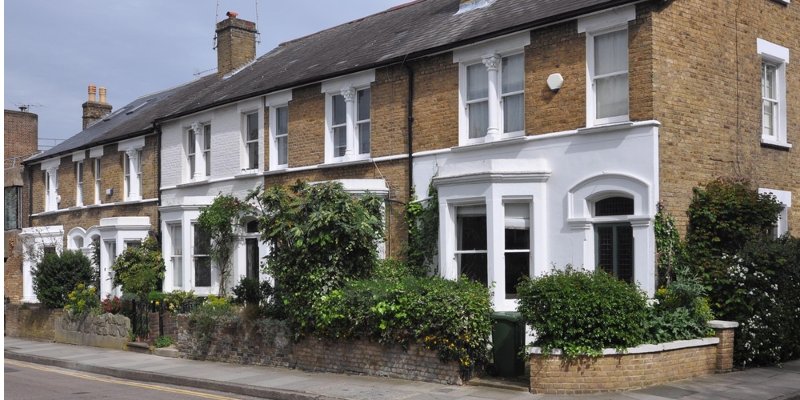Average prices in England and Wales were downby 0.2%in June,butgrowth was up 2.1% year-on-year, Your Move’s England and Wales House Price Index has found.

Average prices in England and Wales were downby 0.2%in June,but growth was up 2.1% year-on-year, Your Move’s England and Wales House Price Index has found.
Prices roseby 2.1%annually inJune,making the average house in England and Wales in June now worth £303,960 – up more than £6,000 on last June.
Annual price growth in the capital has started to accelerate over the last month and without London and the South East, growth would have been a little lower – just 2.0%.
While Greater London was the only region to have seen growth accelerate, it is far from being the strongest performer, with both the North East and West Midlands growing more strongly.
Oliver Blake, managing director of Your Move and Reeds Rains estate agents, said: “Two key factors could give rise to cautious optimism this month.
“The overall month on month decline has slowed to its lowest since February and in London there was modest house price growth for the first time since January.”
Two thirds of England and Wales’ unitary authority areas – 72 out of 108 – continued to record annual price rises in May.
Areas where prices have dropped are concentrated in either Wales (eight of the 36) or in the South, with eight in the South East and five in the South West.
The North East continues its strong performance, with prices up 3.7%, led by strong markets in Darlington (up 7.9% annually) and Northumberland (up 8.7%).
The West Midlands is also growing well, with prices up 3.2%, and prices in Warwickshire hitting a new peak average and up 5.7% over the year; prices in the West Midlands conurbation were also growing above average, up 5.4%.
This was the strongest growth among the 12 major urban centres in England and Wales, with Leicester, up 4.3%, also growing strongly. However in Rutland (East Midlands) annual and monthly growth was the strongest.
Prices there are up 7.0% in May to hit a new peak price, and up 18.5% over the year. However, it did have the lowest number of transactions in the country, which in part accounts for the big swings.
Overall, though, the East Midlands was the only region were prices were up in all of its unitary authorities.
Even in regions where prices have fared less well, there are pockets that continue to flourish. The South East was the weakest region where prices were down 0.4% in May and annual growth was 0.5%, the weakest of any region, saw more areas hitting a new peak average price than any other.
East Sussex, Oxfordshire, West Berkshire and the Isle of Wight have all set new highs and show above average annual growth: 7.8%, 6.1%, 5.1% and 3.4%, respectively.
On an annual basis, Windsor and Maidenhead in the same region showed the largest reduction in prices for the third month running, down 12.4% over the year.
Prices in London are bucking the national trend on both a monthly basis, where they were up 0.2% in June, and annually, where growth rose to 2.8%.
The top of the market is now driving growth after months in which prices in more expensive areas struggled.
The three most expensive boroughs – Kensington and Chelsea, where average prices are £1.97m, Westminster (£1.73m) and Camden (£1.09m) have all seen price increases over the last year.
Up 4.4%, 1.5% and 1.8%, respectively, this has helped boost the Greater London average. But the remaining two names in the top five – the City of London and Hammersmith and Fulham have seen doubledigit drops, down 16.9% and 10.4%, respectively.
These were the biggest falls other than Southwark (down 17.9%) and Wandsworth (-14.9%). The greatest increase in the capital, meanwhile, has been in Redbridge, where average prices are well below the London average at £465,183.
The influence of the high priced property areas was enough to see the capital reporting rising price growth despite more than two thirds of boroughs in the capital – 24 out of 33 –seeing prices drop on an annual basis.



